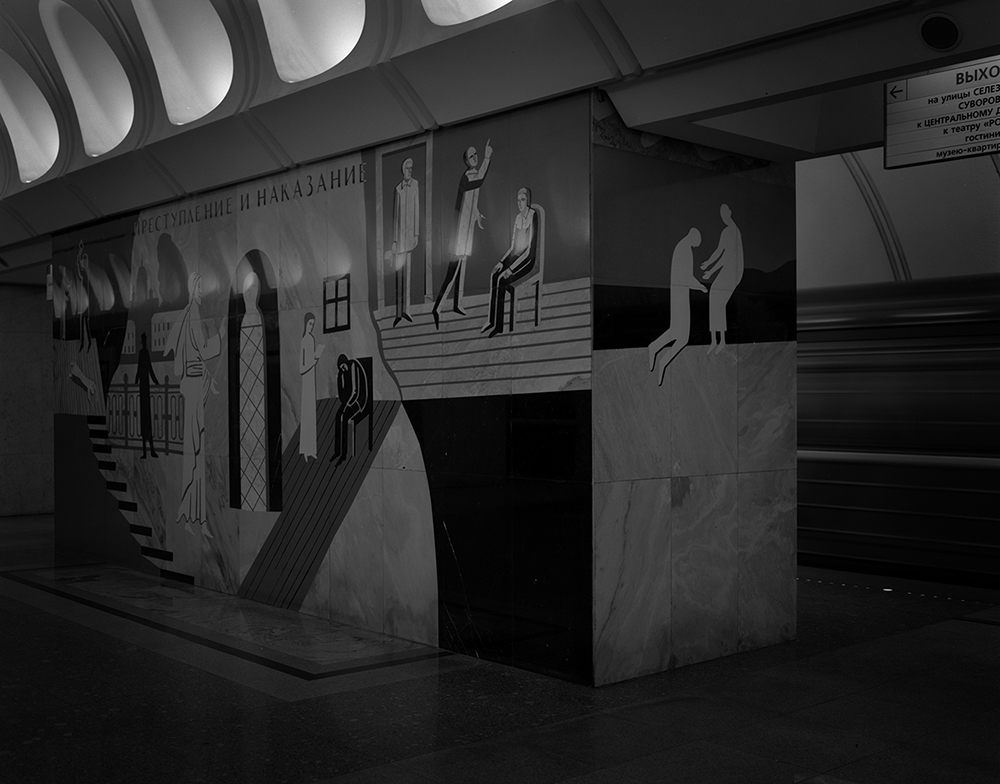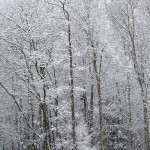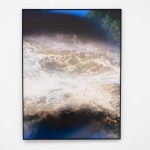Focus on Norway: Charlie Fjätström

©Charlie Fjätström, Beachy Head, 120x100cm 30 000,- 1/3 Analog silver gelatin print Mounted on aluminum
I would prefer to introduce Charlie Fjätström and his project No one left to blame after the viewer/reader takes a few minutes to peruse his images and attempts to determine his intentions. Keep your original impressions of his project in mind when you have finished reading this post.

©Charlie Fjätström, Suicide Lake, Pune, 50x40cm 9 000,- 1/3 Analog silver gelatin print Mounted on aluminum

©Charlie Fjätström, Puente Nuevo 50x40cm 9 000,- 1/3 Analog silver gelatin print Mounted on aluminum

©Charlie Fjätström, Dostojevskaya 50x40cm 9 000,- 1/3 Analog silver gelatin print Mounted on aluminum

©Charlie Fjätström, Preikestolem 50x40cm 9 000,- 1/3 Analog silver gelatin print Mounted on aluminum

©Charlie Fjätström, Tojinbo, 120x100cm 30 000,- 1/3 Analog silver gelatin print Mounted on aluminum

©Charlie Fjätström, Parc du Buttes Chaumont 120x100cm 30 000,- 1/3 Analog silver gelatin print Mounted on aluminum

©Charlie Fjätström, Mt Mihara 120x100cm 30 000,- 1/3 Analog silver gelatin print Mounted on aluminum

©Charlie Fjätström, Aokigahara 120x100cm 30 000,- 1/3 Analog silver gelatin print Mounted on aluminum

©Charlie Fjätström, Lovers Bridge, Kiev, 50x40cm 9 000,- 1/3 Analog silver gelatin print Mounted on aluminum

©Charlie Fjätström, Västerbro 120x100cm 30 000,- 1/3 Analog silver gelatin print Mounted on aluminum

©Charlie Fjätström, Russky Bridge, Vladivostok, 120x100cm 30 000,- 1/3 Analog silver gelatin print Mounted on aluminum

©Charlie Fjätström, Alberts Seat 120×100 30 000,- 1/3 Analog silver gelatin print Mounted on aluminum

©Charlie Fjätström, Hussain Sagar 120x100cm 30 000,- 1/3 Analog silver gelatin print Mounted on aluminum

©Charlie Fjätström, Grand Paradise, Mumbai, 120x100cm 30 000,- 1/3 Analog silver gelatin print Mounted on aluminum
NO one left to blame
Last summer at the funeral of my uncle the priest said: “It’s not our task to ask why, there is just one person that knows why, and he is no longer with us.” The priest had been a friend of my uncle for longer than I have been alive, and they knew each other well. When a person you know well commits suicide in such a strange way, what can you say when his family is present?
My uncle and cousin were working on the same construction site and had breakfast together in one of the buildings. Thirty minutes after the breakfast my aunt received a text messages from my uncle and a few minutes later my cousin found him hanging from a beam in another building on the site. How can one explain that? Maybe it’s just as the priest said…that we should not ask why. But I have pondered this since 2011 when another relative of mine shot himself in the head on the 22nd of July 2011 at midday. Why would a 21-year-old person commit suicide?
No one left to blame is about suicide, not about me or my thoughts about suicide. I developed this project because I know there are many people out there struggling with psychological issues, and it is still a big taboo to discuss one’s mental health. The project should not be considered sad or frightening but rather a way to open up how we address difficult topics, and realize that suicide or mental health is a legitimate issue for open discussion.
But how does one do a visual project about suicide? In my efforts I try to be careful as I have felt the cold shivering down my spine while not understanding what is up and down anymore. So, for this project I chose to take beautiful (in the eyes of the viewer, perhaps) landscape images of some the world’s most common suicide spots – hotspots if you wish to call them that. The images are nice enough to have in your living room along with your family pictures. One can just think about them as nothing more than that until I reveal my intention. This may provoke a second look since one’s original thoughts about the work have now been challenged.
Preikestolen in Norway is an example. It is one of the most visited tourist attractions in Norway and the picture I have taken is one of the most photographed landscapes in the country. But this is last landscape many people see in their lives, before they jump off of this cliff. This has been my challenge in executing this project… how to “charge” something like a landscape with a meaning that completely changes the way the viewer sees the picture.
No one left to blame is an important project when it comes to raising awareness of mental health issues. The project has provoked profound discussions, questions, personal revelations, and debate around my intentions. For me all the reactions are positive because as long as people react to the project, I get want I want… a more open discussion about mental health and breaking the taboos around it.
Distance is another theme that arises in looking at this project. Some of the images are shot in a manner that generates a loss of balance and perspective. What were you intending here?
Some of the images are intended to visualize the last thing you see before you end your life. It is easier to keep your balance if you are focusing on one spot in front of you, both physically and mentally. When I am playing with camera focus, I want to control where people look first in an image.
There is only one image in the sequence with human figures as the main subject and it uses a different aspect ratio than the other images in the series. Why did you make those distinctions?
The couple standing on Lover ́s Bridge is a photo of the suicide hotspot in Kiev. I included the couple because of the name of the bridge. The fact that they appeared on the bridge just as I was taking the image was sheer coincidence, but it worked given the name of the bridge.
What are the themes of some of your other projects? How do you decide upon a specific project to develop?
My graduate project was a book called Ten Ways to Kill Yourself, that is a guidebook on how to take your own life.
Here is an example from the book:
Pick a very cold day. Walk to the forest and take your clothes off and sit down in the snow and relax. This might take a lot of will power but the benefit is that you will look very preserved during your funeral.
This started when a relative of mine committed suicide and no one wanted to talk about it and said that it was an accident. My way of dealing with it was to develop a project from this episode. I wanted it to be a project that would be confrontational in the title but very humorous in the pictures. I suppose that I gave up the humoristic aspect when I realized that changing the world with humor doesn’t work. Just look at who has been the President of the United States for the past four years… It is incredibly important to talk about these issues now. In a time of pandemic, social distancing and lockdowns mental health problems are growing exponentially and society has to deal with them.
I am now working on a project called Jag jag jag that contains single works that are self-portraits. Each work tells its own story like small novels or poems from my life.
Charlie Fjätström is an artist currently doing an International MFA at Trondheim Academy of Fine Art in Trondheim, Norway. He received a BA from The Sir John Cass School of Art, Architecture and Design (The Cass) in London. His work is often political and some of his projects have a dark sense of humor such as his original project Ten Ways to Kill Yourself. From suicide to countryside politics and philosophical views on life, he uses his camera to focus on important subjects in his society. His work has been exhibited both nationally and internationally with solo shows in Kiel, Germany at Kunstraum B, House of Photography in Oslo Norway, Anexet in Sveg, Sweden, Bergen Kjøtt, Bergen and Vasli Souza, Oslo. In 2016 he co-founded Uncertain States Scandinavia, an art paper that focus on lens-based art. Uncertain States also curates festivals, gallery exhibitions and artist talks throughout Scandinavia.
Posts on Lenscratch may not be reproduced without the permission of the Lenscratch staff and the photographer.
Recommended
-
Time Travelers: Photographs from the Gayle Greenhill Collection at MOMADecember 28th, 2025
-
Marcia Molnar: The Silence of WinterDecember 24th, 2025
-
Paccarik Orue: El MuquiDecember 9th, 2025
-
Jackie Mulder: Thought TrailsNovember 18th, 2025
-
Interview with Maja Daniels: Gertrud, Natural Phenomena, and Alternative TimelinesNovember 16th, 2025

























































